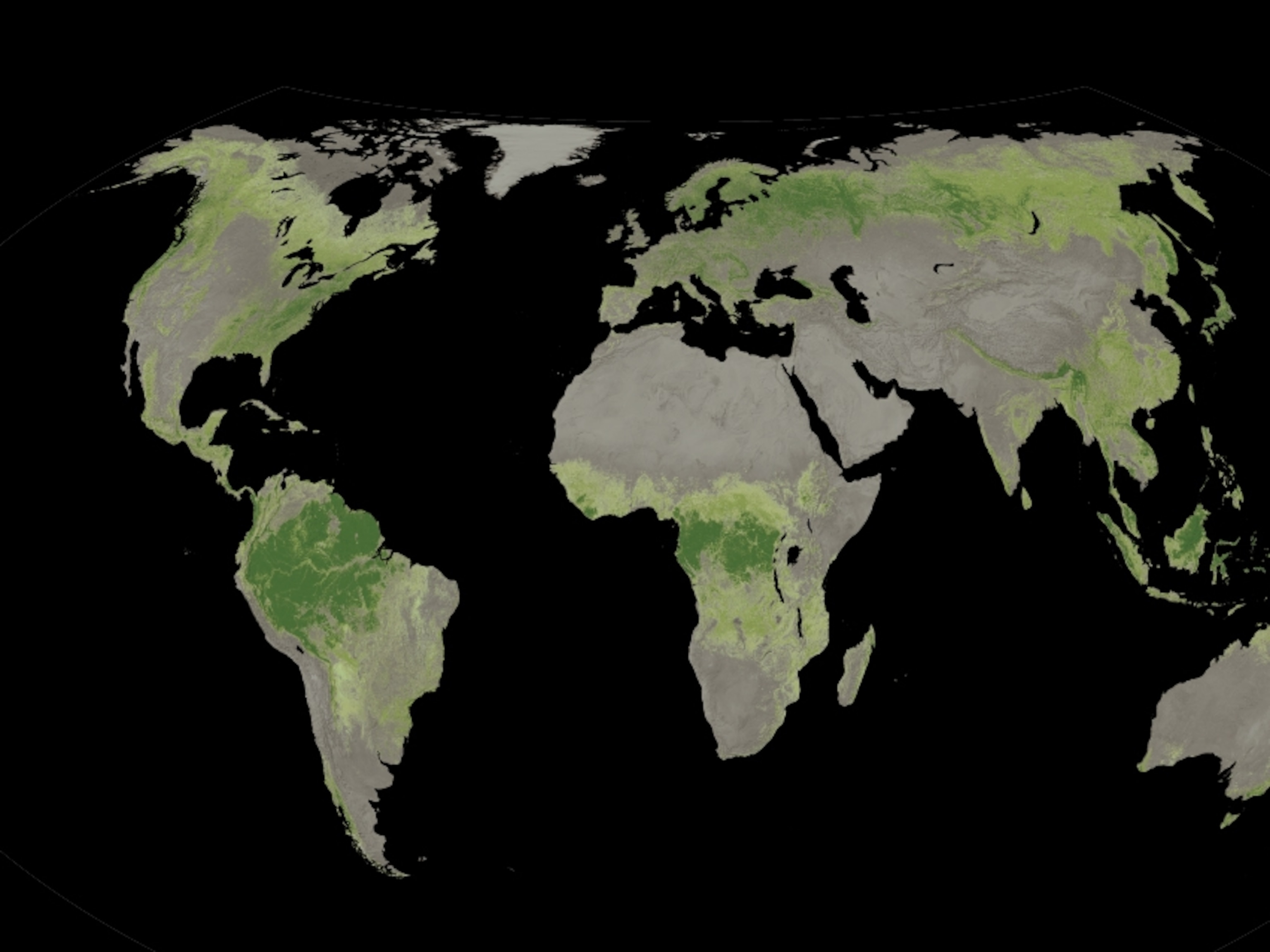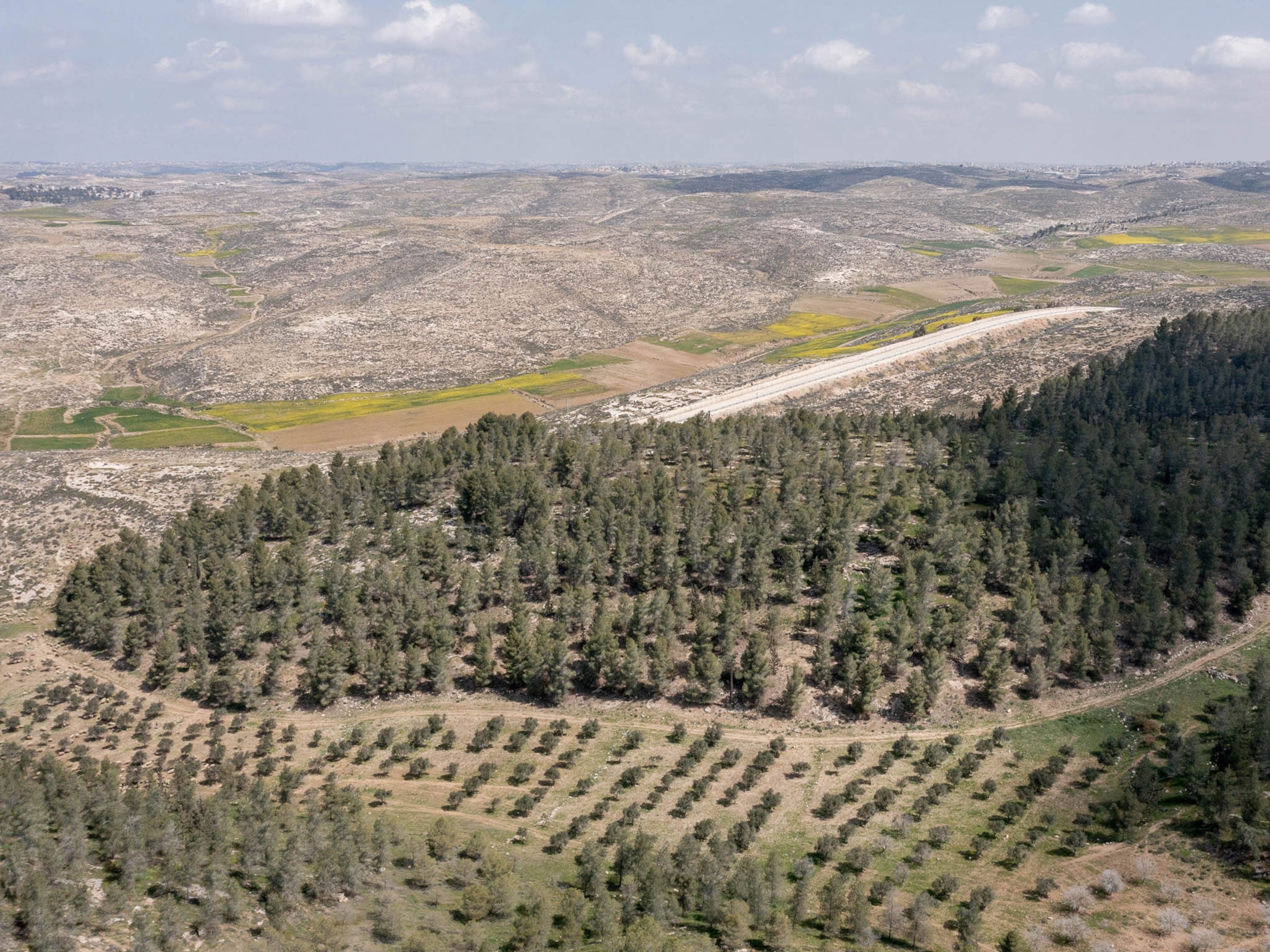For Cash and Pride, Replanting Canada's Forests by the Millions
Each year, twentysomethings from all over the world take on one of the most grueling yet satisfying summer jobs imaginable.
Luc Forsyth can’t decide which memories best illustrate the glorious hardship of his six seasons as a tree planter in Canada.
Maybe it was his first day, when his crew leader told him to “deal with it” after hours of work in new boots had shredded his feet. Maybe it was years later, when his hands were so stiff after seemingly endless days of cold rain that he urinated on them in a desperate attempt to defrost himself.
Or perhaps it was the many raucous nights in the nearest logging town, shooting pool and doing laundry with the rest of the planting crew, a group of strangers bonded by adversity. (Here are five ways people are using trees to save the world.)




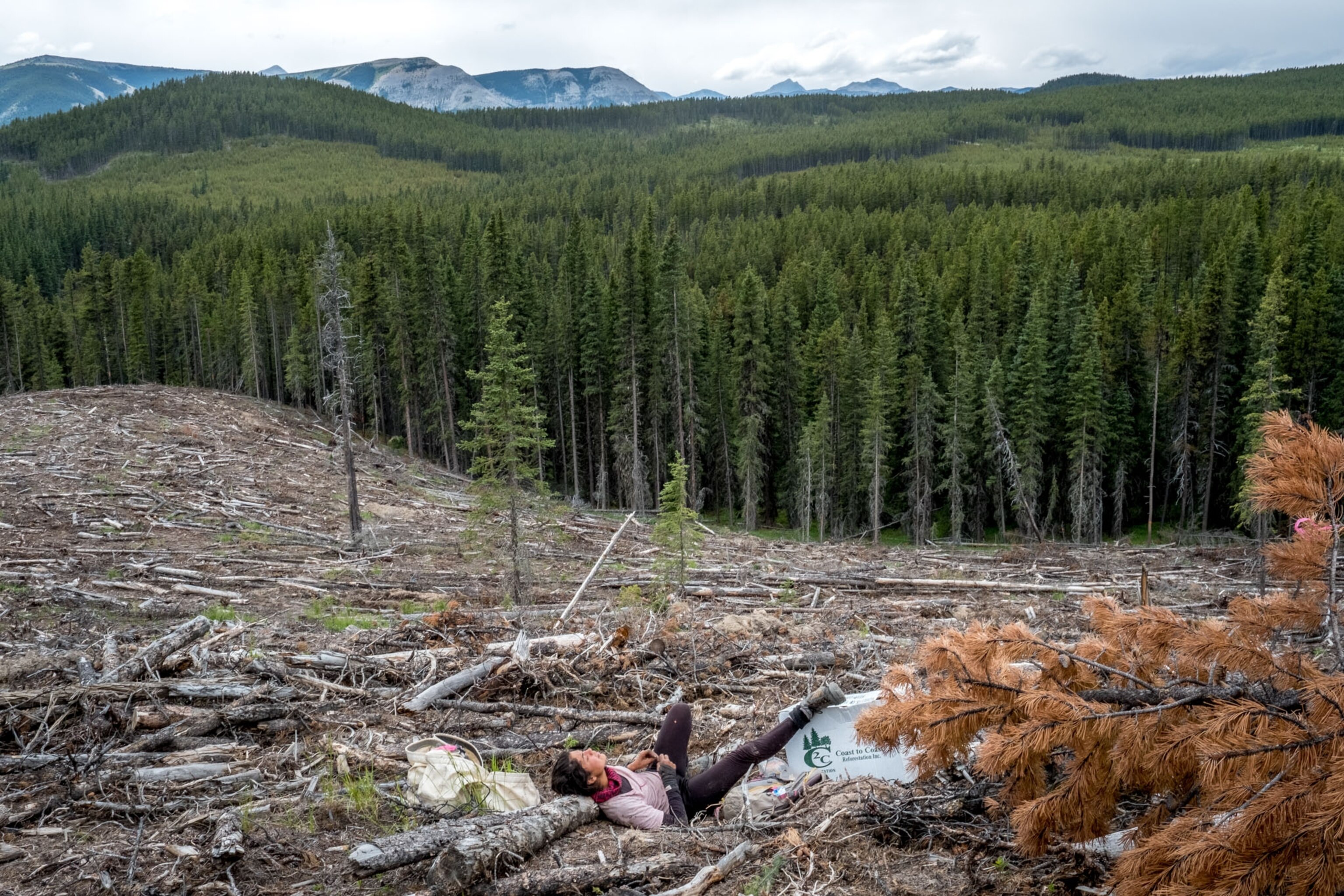

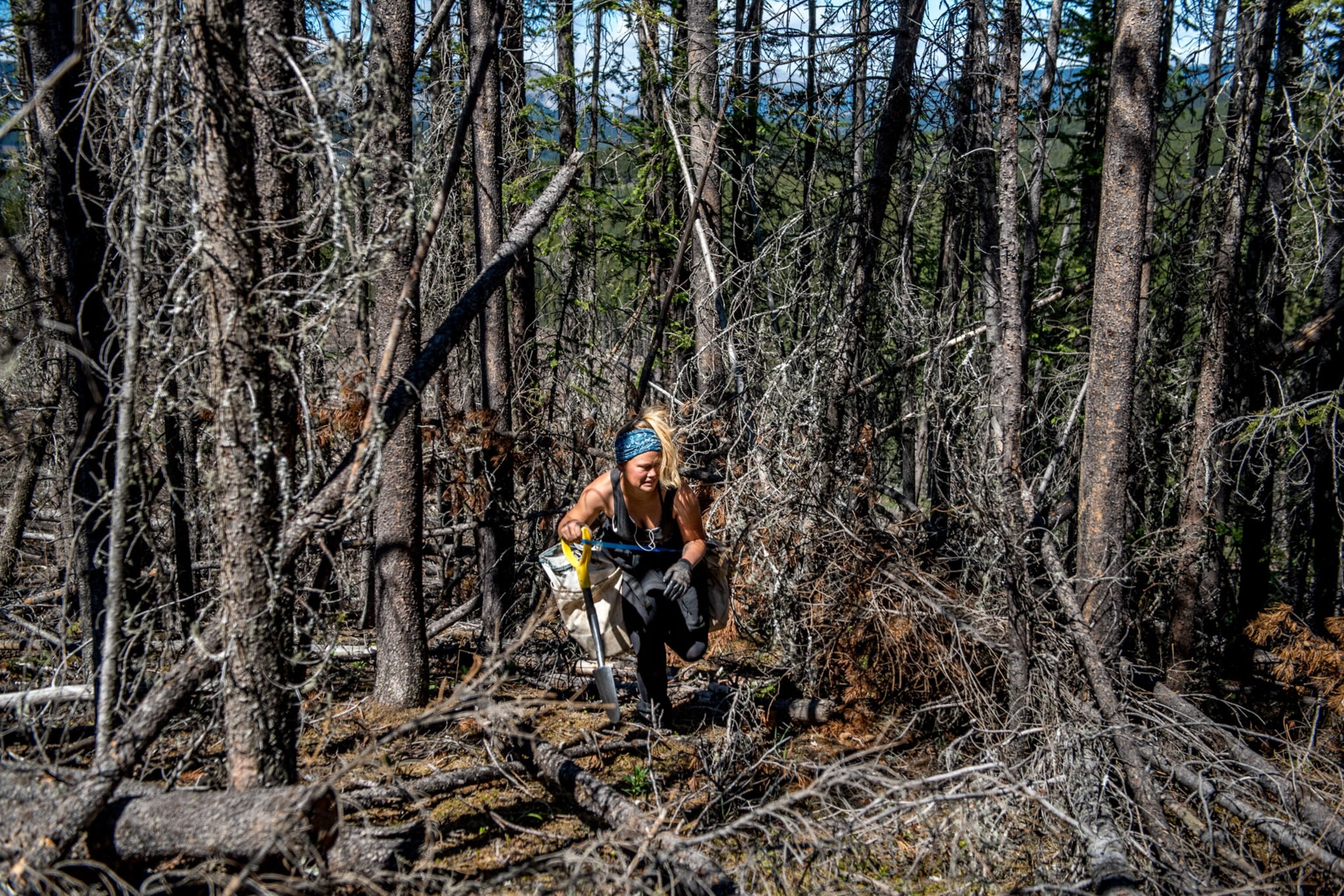








“To this day, it’s been the best and worst job I’ve ever had,” Forsyth says.
Though he now lives in Mexico City working as a photographer and documentarian, Forsyth was once among the estimated 6,000 workers across Canada’s vast timberlands who plant around half a billion trees each year. Nearly half of these trees are planted in British Columbia and Alberta, where lumber companies harvest large tracts of forest for wood pulp and construction material.
More than 90 percent of Canada’s forests are publicly owned, and forestry laws requiring replanting were enacted in the mid-1980s out of concern that harvest practices at the time were unsustainable. Laws vary from province to province; in British Columbia, for example, three seedlings must be planted for each mature stem harvested.
The preferred harvesting method is clear-cutting in staggered blocks—an approach Canadian forestry researchers say emulates natural large-scale disturbances caused by fire, floods, and insects. For example, insects damaged 43.4 million acres of forest in 2015, while timber harvests claimed just 1.9 million acres.
Replanted and naturally regenerated forests are left undisturbed for 60 to 120 years, or until the trees are mature and ready to be harvested again. In recent years, management plans have also had to consider impacts on streams, soil, air quality, wildlife, and the water table.
To comply with the law, harvesters contract with companies that specialize in a unique form of seasonal labor: summer planting camps.
“With all the technology we have, there still isn’t a more effective way to do this job than by giving a 22-year-old a shovel,” Forsyth says. (This teenager is on track to plant a trillion trees.)
In 2016, he returned to a planting camp in Alberta—but with a camera as his tool for documenting the lives of Canadian tree planters. Uniformly young, planters are mostly between the ages of 19 and 26, and they come from as far away as Australia to test their mental and physical fortitude, and to earn some cash.

Planters pay for all their own supplies: tent, shovel, sleeping bag, and travel to the remote bushlands where the camps are located. During the day, in all weather except lightning storms, they lug 40 to 50 pounds of seedlings and gear over barren, broken landscapes.
Pay is by the tree—the average is around 10 cents per plant—and competition is fierce. Skilled planters can drop more than 7,000 seedlings in a day, earning hundreds of dollars a day over the four-month planting season. Women make up about half of the seasonal workforce, and they are often among the top planters in the camp groups. (In 2016, people in India planted 50 million trees in a single day.)
For his part, Forsyth says he planted 8,100 trees on his best day, and he estimates that he placed half a million in total. He graduated college debt-free thanks to his summers laboring in the clear-cut forests.
The mix of species planted depends on the region and microclimate, but it generally reflects the previous composition of the forest before it was cut. Regional replanting can include up to 19 native species, from white spruce and jack pine to hemlock and Douglas fir. In some areas, large swaths of monoculture exist naturally and are replanted as such. (A 1,230-year-old pine found in Italy is now Europe’s oldest tree.)

Arriving at camp in good physical condition helps get you over the initial suffering (there are even training and nutrition guides), but being a buffed-up gym rat is no guarantee of success: The strain is more of a mental thing than a physical one.
“You take a 20-year-old economics student from Toronto and throw them into that environment, it either makes them or breaks them,” Forsyth says.
Planters like to equate the difficulty of their jobs to running a marathon, but one study found it’s actually harder: Elite marathoners have a higher working heart rate while running a standard race of 26.2 miles, but planters exert more effort overall—they’re maintaining elevated heart rates for nine hours a day, five to six days a week, for 16 weeks.
“Running a marathon requires about 2,300 – 2,400 calories, while the amount of energy a tree planter goes through in a day is slightly more than double that,” the study notes.
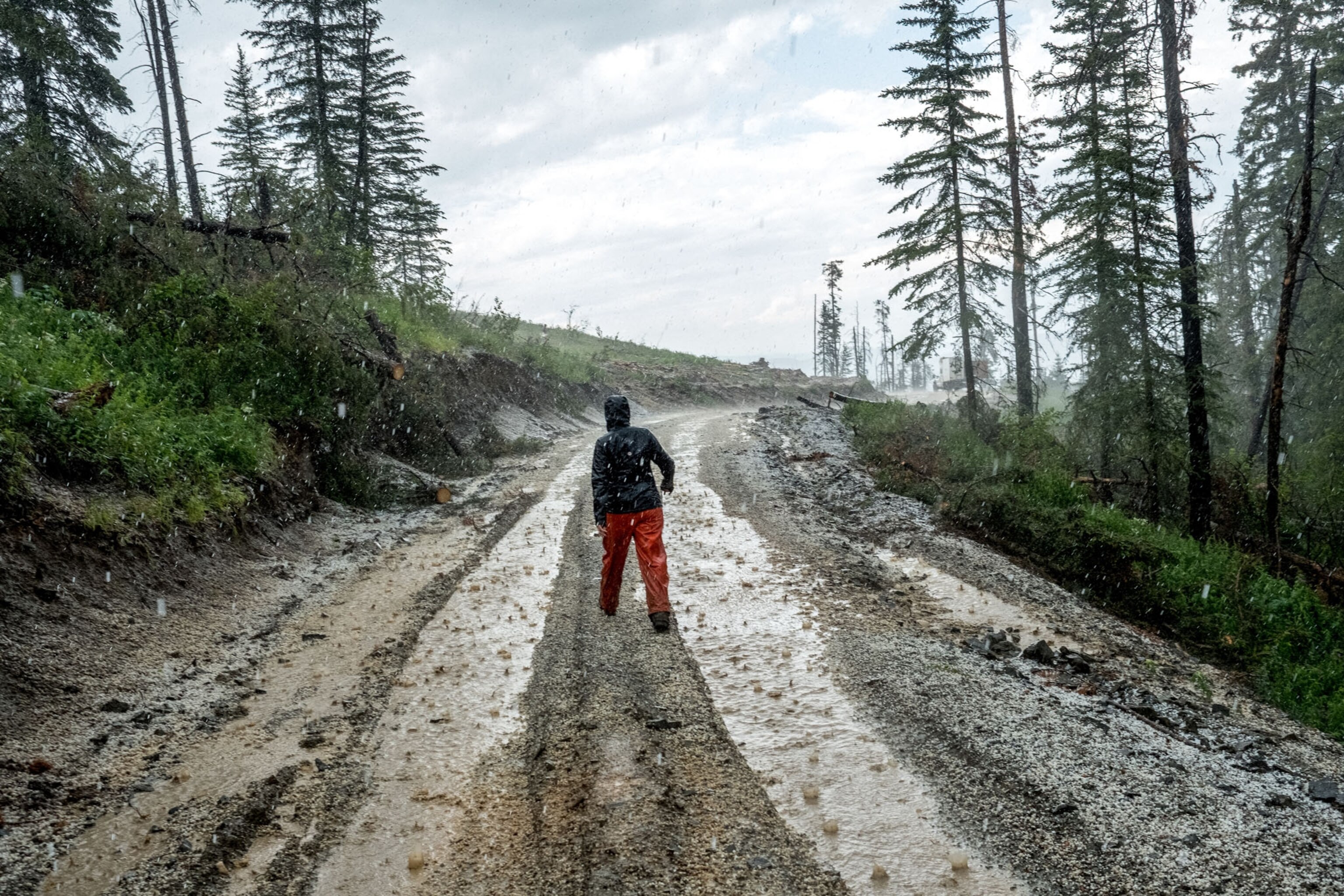
So why do it, aside from the pay? While it’s well known as a “cool summer job” in Canada, it’s not necessarily viewed as an environmental one, Forsyth says. Instead, in an on-demand internet age, the sense of accomplishment at the end of a grueling season can be addictive.
“Planting is for people who want to live in a different way, who thrive on pushing themselves in unusual ways. The day-to-day is miserable, but the whole is special,” he says.
Forsyth hopes his images capture that spirit and bring a bit of perspective: “I hope when people see the scale of these clear-cuts, they realize how insane it is, and that it brings a bit of awareness to the scale of the impact our demands have.”
You May Also Like
Go Further
Animals
- How can we protect grizzlies from their biggest threat—trains?How can we protect grizzlies from their biggest threat—trains?
- This ‘saber-toothed’ salmon wasn’t quite what we thoughtThis ‘saber-toothed’ salmon wasn’t quite what we thought
- Why this rhino-zebra friendship makes perfect senseWhy this rhino-zebra friendship makes perfect sense
- When did bioluminescence evolve? It’s older than we thought.When did bioluminescence evolve? It’s older than we thought.
- Soy, skim … spider. Are any of these technically milk?Soy, skim … spider. Are any of these technically milk?
Environment
- Are the Great Lakes the key to solving America’s emissions conundrum?Are the Great Lakes the key to solving America’s emissions conundrum?
- The world’s historic sites face climate change. Can Petra lead the way?The world’s historic sites face climate change. Can Petra lead the way?
- This pristine piece of the Amazon shows nature’s resilienceThis pristine piece of the Amazon shows nature’s resilience
- Listen to 30 years of climate change transformed into haunting musicListen to 30 years of climate change transformed into haunting music
History & Culture
- Meet the original members of the tortured poets departmentMeet the original members of the tortured poets department
- Séances at the White House? Why these first ladies turned to the occultSéances at the White House? Why these first ladies turned to the occult
- Gambling is everywhere now. When is that a problem?Gambling is everywhere now. When is that a problem?
- Beauty is pain—at least it was in 17th-century SpainBeauty is pain—at least it was in 17th-century Spain
Science
- Here's how astronomers found one of the rarest phenomenons in spaceHere's how astronomers found one of the rarest phenomenons in space
- Not an extrovert or introvert? There’s a word for that.Not an extrovert or introvert? There’s a word for that.
- NASA has a plan to clean up space junk—but is going green enough?NASA has a plan to clean up space junk—but is going green enough?
- Soy, skim … spider. Are any of these technically milk?Soy, skim … spider. Are any of these technically milk?
Travel
- Could Mexico's Chepe Express be the ultimate slow rail adventure?Could Mexico's Chepe Express be the ultimate slow rail adventure?
- What it's like to hike the Camino del Mayab in MexicoWhat it's like to hike the Camino del Mayab in Mexico



